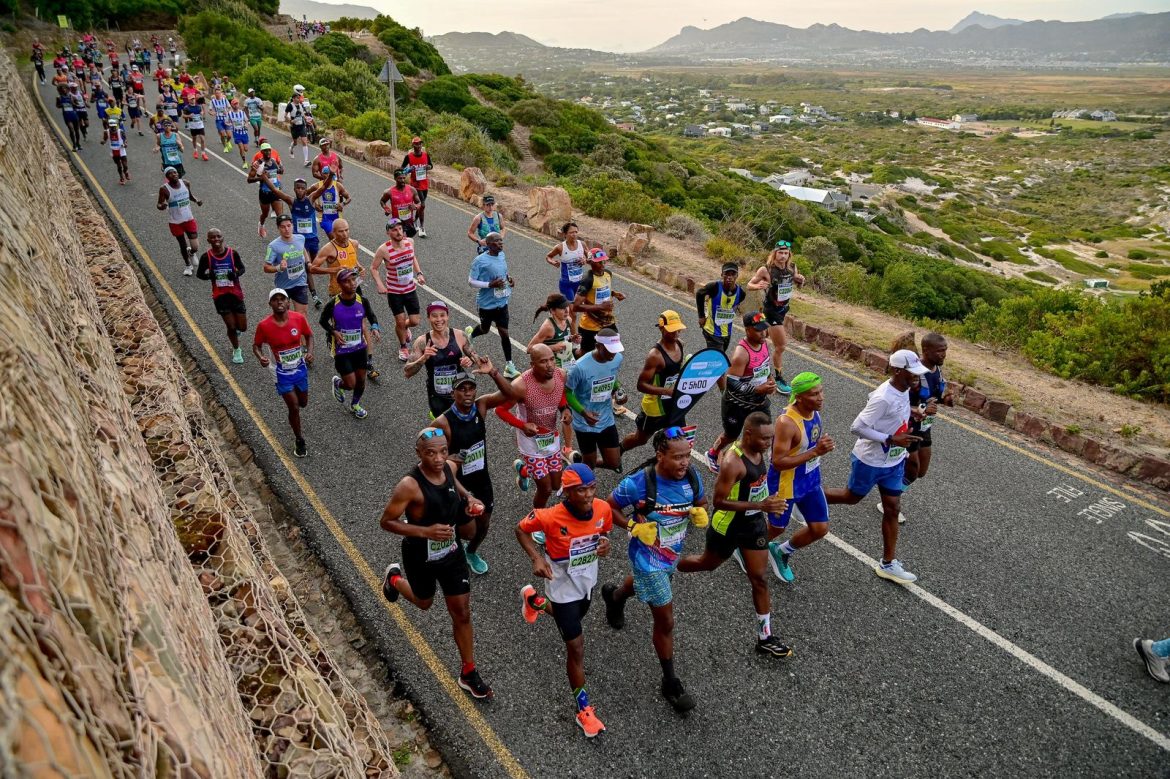The tragic death of Taryn Armour during the Totalsports Two Oceans Marathon this past weekend has reignited an ongoing conversation: how do fit, seemingly healthy runners collapse mid-race?
ALSO SEE: Chloe Bailey thrives during South African holiday
Armour, a 48-year-old wife, mother and friend, collapsed just beyond the 11-kilometre medical point on Sunday. Despite immediate attention from the on-site medical team, she passed away shortly afterwards. Her death is not an isolated incident. In the past year alone, multiple marathon runners in South Africa—including during the Comrades and Two Oceans—have died suddenly either during or after completing a race.
The Two Oceans Marathon team would like to extend our heartfelt condolences to the family of Taryn Armour, a TTOM 2025 Half Marathon runner.
Taryn collapsed just past the 11km medical point. The TTOM 2025 medical team attended to her, but she sadly passed away.
As a team,… pic.twitter.com/Fs1W9D9m7G
— Totalsports Two Oceans Marathon (@2OceansMarathon) April 10, 2025
Understandably, each incident leaves a trail of grief and confusion. Many runners train rigorously, eat well, and prepare months in advance. So why does this still happen?
The risks of pushing too hard
Experts say that while marathons are designed to push the body to its limits, they can also expose hidden vulnerabilities—especially in the heart. When younger athletes collapse without warning, the culprit is often an undiagnosed cardiac abnormality, such as a thickened heart wall that wasn’t picked up during adolescence.
In older runners, the risk profile changes. It could be a pre-existing heart condition that hasn’t been properly managed or even detected. Other common factors include dehydration, heatstroke, blood electrolyte imbalances, or underlying infections that weaken the body before race day. In rarer cases, medication—especially those that affect kidney function—can also interfere with how the body responds to extreme exertion.
What medical teams see most often
At last year’s Comrades Marathon, over 550 runners needed medical attention at the finish line. Most were treated for exhaustion, dehydration, or muscle-related strain. But race medics say the more serious collapses often involve cardiac complications or internal imbalances that have been building quietly in the background.
In some cases, the runners had no idea anything was wrong. In others, there may have been warning signs—persistent fatigue, shortness of breath, or dizziness—that were brushed off as nerves or overtraining.
A call for caution, not fear
None of this is to say that running marathons is inherently dangerous. Thousands cross the finish line safely each year. But what these tragic cases highlight is the importance of regular health checks, especially for older or returning runners. It’s not just about pace and endurance—it’s about knowing your body and respecting its limits.
For Taryn Armour’s family, and for the families of those who’ve passed before her, no amount of medical explanation can fill the gap left behind. But perhaps their stories can serve as a gentle reminder: the real goal isn’t just to finish—it’s to come home safely, too
ALSO SEE:
Grandpa of NWU graduate melts hearts: ‘When your biggest cheerleaders are also your grandparents’
Featured Image: X | @Totalsports Two Oceans Marathon

